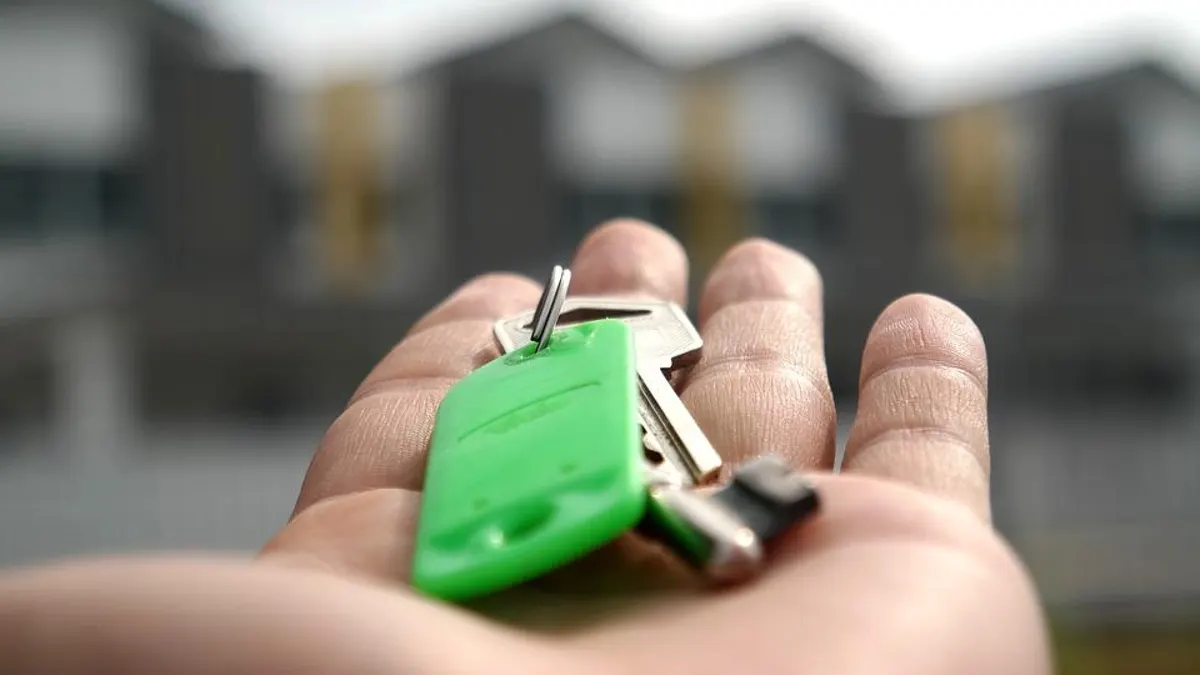Q. How do I start and maintain a compost pile/bin? Is there a certain type of composter you recommend?
I love composting because it’s a way you can take something that would normally be waste and turn it into something very useful.
If you have a yard, even a small one, you can set up and maintain a compost bin. The simplest setup would just be a big pile or a few smaller piles. The major drawback to the pile method is that you may get some unwelcome visitors if you’re not careful. Rats, mice, raccoons, skunks, and opossums will find an open compost pile irresistible, especially if there are any food scraps present. I would only try this method of composting if you live on a large property and can locate it far away from any buildings.
There are several commercially available compost bins that are designed to be rodent-proof. An enclosed compost tumbler is effective at excluding pests and containing odors. In some municipalities, this is the only type of compost bin allowed. Look for one that is sturdy enough not to sag or warp and does not have metal parts that come into contact with the composting material, since they will rust and break eventually.
The stacking-type composters are convenient and make turning the pile easy. Sadly, these are difficult to find.
When starting a compost pile, add several inches of brown material before introducing green material. Brown material is carbon-rich and includes sawdust, shredded paper, dried plant material, hay, straw, and any kind of dry bedding. Green material is nitrogen-rich and includes kitchen scraps, coffee grounds, fresh grass clippings, green yard waste, freshly pulled weeds, and manure (cow, chicken, rabbit, or horse). Try to alternate layers of brown and green since you want to avoid accumulating a large mass of solid green material. Since green material tends to be higher in water content, it tends to mat and form dense pockets. Too much moisture and/or green material will encourage the growth of anaerobic bacteria, which will produce a foul smell.
If there is too much brown material and/or not enough moisture, there won’t be enough microbial activity to break everything down. In hot weather a compost pile can dry out quickly, so you may have to water it to get things going. Ideally, compost should feel like a well squeezed-out sponge – not too wet and not too dry.
Turning the pile, either by using a fork or rotating the drum on a tumbler-type bin, aerates and mixes the material so beneficial bacteria can thrive. After turning and watering, the compost should increase in temperature as the microbes become more active. Our compost will usually reach 160 degrees F, then eventually cool off as it matures. Finished compost should smell earthy.
If you have very little space, you could simply bury kitchen scraps in the garden and they will break down within a week or two.
Los Angeles County
mglosangeleshelpline@ucdavis.edu; 626-586-1988; http://celosangeles.ucanr.edu/UC_Master_Gardener_Program/
Orange County
ucceocmghotline@ucanr.edu; http://mgorange.ucanr.edu/
Riverside County
anrmgriverside@ucanr.edu; https://ucanr.edu/sites/RiversideMG/
San Bernardino County
mgsanbern@ucanr.edu; 909-387-2182; http://mgsb.ucanr.edu
Related Articles
How to get your grass lawn looking good for fall after the summer heat
Burned leaves and problematic pear trees: Questions for the Master Gardener
Tips for the best pruning practices for the garden
Gardeners, avoid making these vegetable planting mistakes
Why you should start your winter vegetables indoors


























